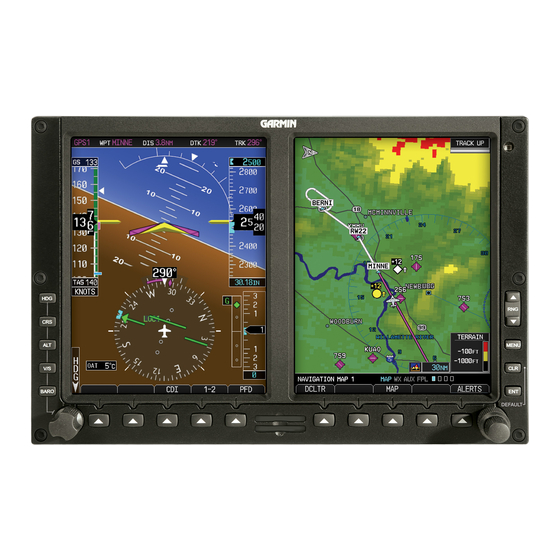
Garmin G600 Pilot's Manual
Hide thumbs
Also See for G600:
- Pilot's manual (240 pages) ,
- Maintenance manual (137 pages) ,
- Instructions manual (334 pages)
Table of Contents
Advertisement
Advertisement
Chapters
Table of Contents
















Need help?
Do you have a question about the G600 and is the answer not in the manual?
Questions and answers